Panama City is really old. Really, really old. The Spanish crown declared it a city in 1519—more than 500 years ago—the first European settlement on the Pacific coast of the Americas. Visitors can see parts of this old city at Panama Viejo, a UNESCO World Heritage area that includes a 57-hectare archaeological site with a nicely done museum and a decent café.
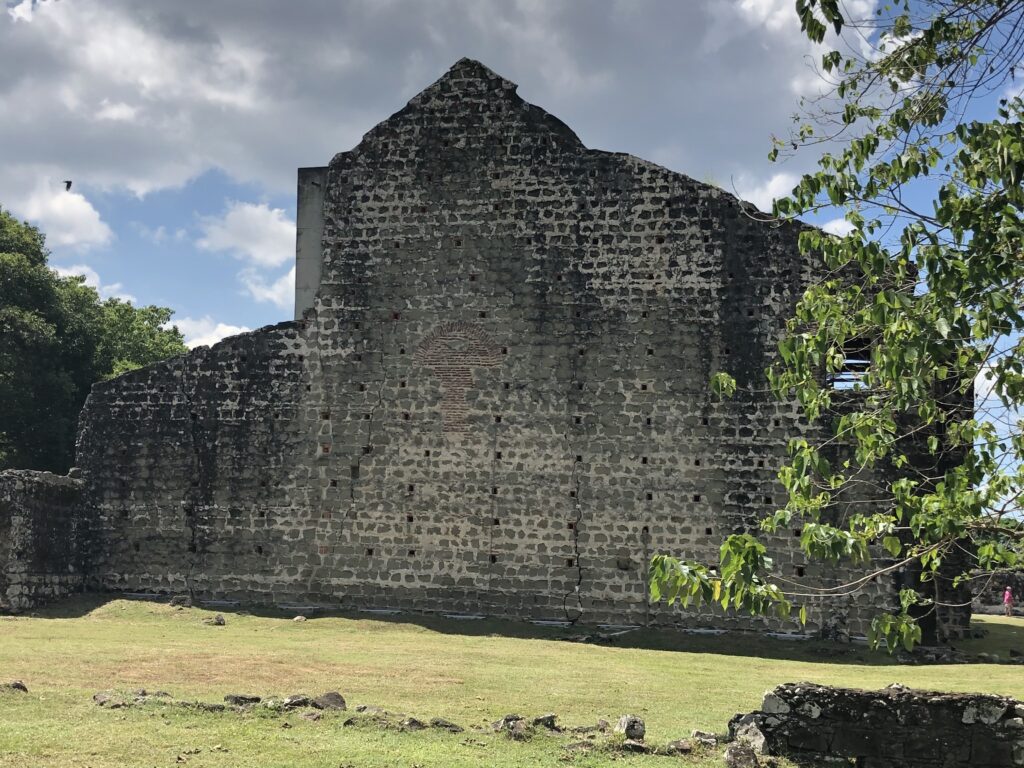
What’s left of Panama Viejo is a lot of stone walls and foundations, especially from the many religious orders and government buildings. The tower of the old cathedral has been reconstructed, and visitors can hike up four stories of stairs to see 360-degree views of the city. The old black stones contrasted against the gleaming white tours of modern Panama City make quite a sight.
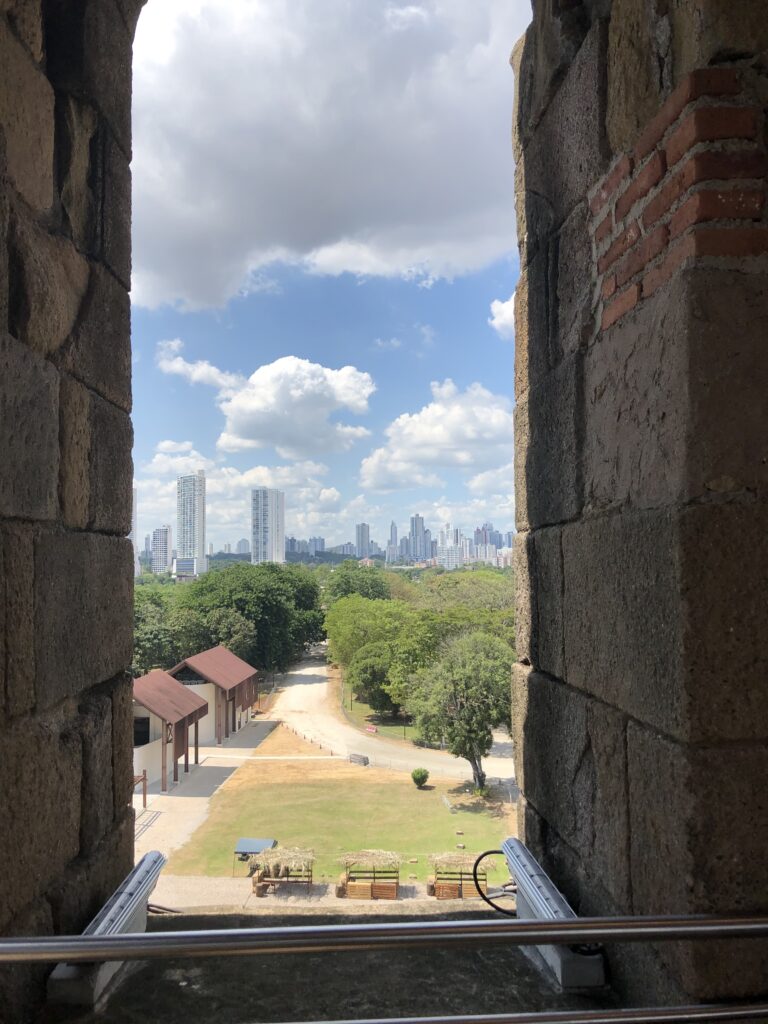
City view from the cathedral tower 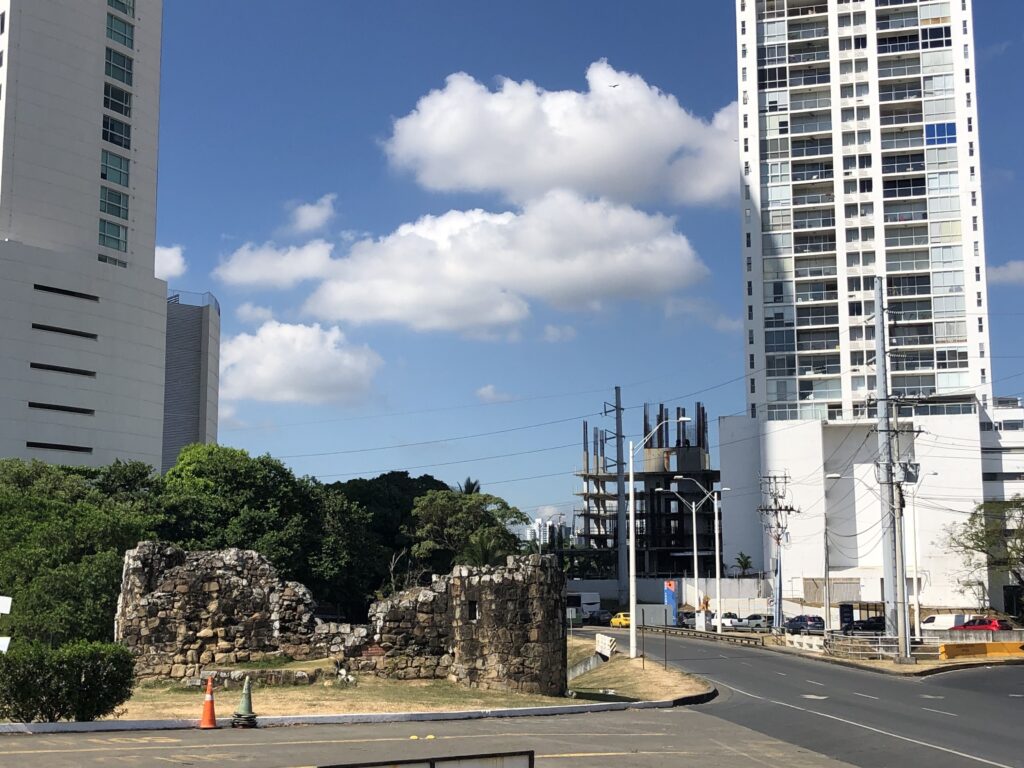
Black stones near modern white building
One of the more interesting aspects of Panama Viejo is that the city did not follow the traditional Spanish style of a central plaza with roads radiating off from it. Rather, a simple grid with three main cobbled streets, now several meters below grade, extended from the sea front. While some of the buildings have been partially reconstructed, it’s amazing how many of the thick stone walls still stand on their own. If you are interested in reading about old architecture and urban planning, how the town was laid out, and more, I recommend this article from UNESCO, https://whc.unesco.org/en/list/790/.
This is the city that pirate Henry Morgan invaded in 1671 and, according to records in the Spanish archives, that local leaders burned to keep Morgan from looting everything. Of the 8,000 to 10,000 people living in Panama City at the time of Morgan’s attack, more than half ended up dead, hurt, or missing. Subsequently, the town moved 8 km west to what is now known as Casco Viejo. You can read more about that in this blog post: http://heathers6wadventures.com/casco-antiguo-muy-viejo-muy-interesante/
One gallery in the Panama Viejo museum is devoted to the significant number of indigenous and Spanish graves on the site. Exhibits show grave reconstructions based on archaeological findings. You can learn a lot about a society based on how it buries people–or doesn’t. One historic account tells of Spaniards visiting a Panamanian village chief and finding a room in his house filled with the hanging mummified bodies of his ancestors.
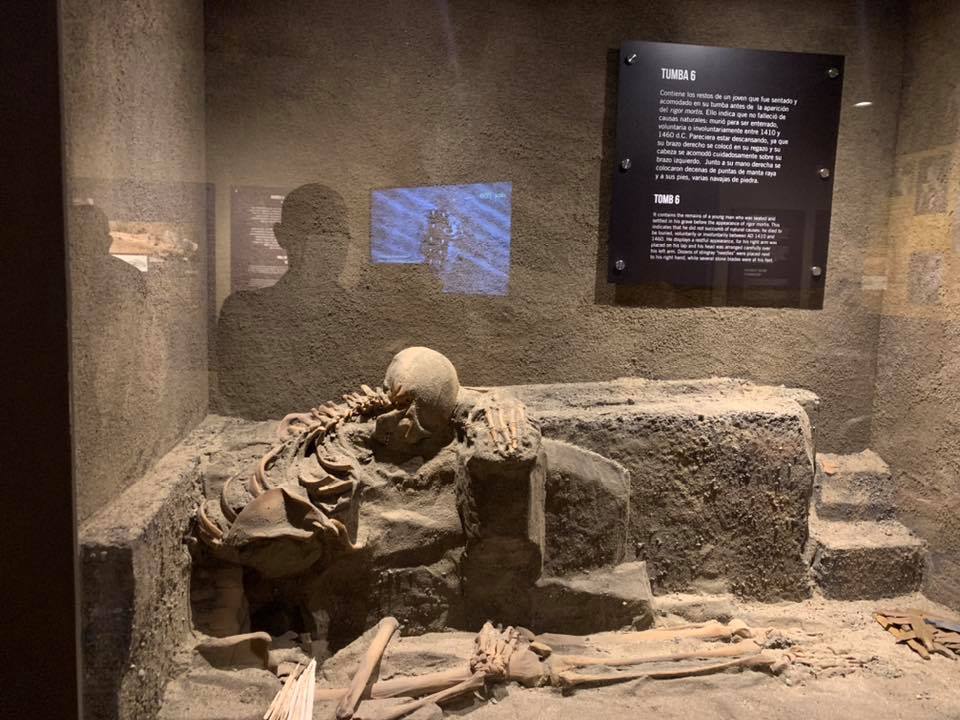
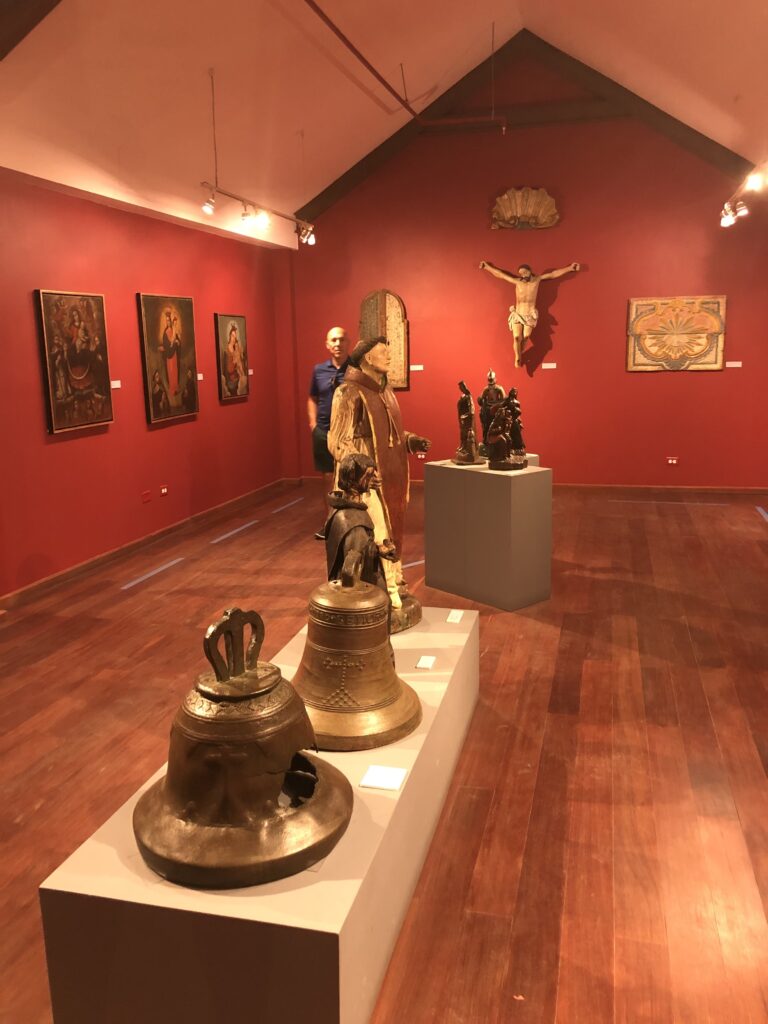
Spanish religious artifacts 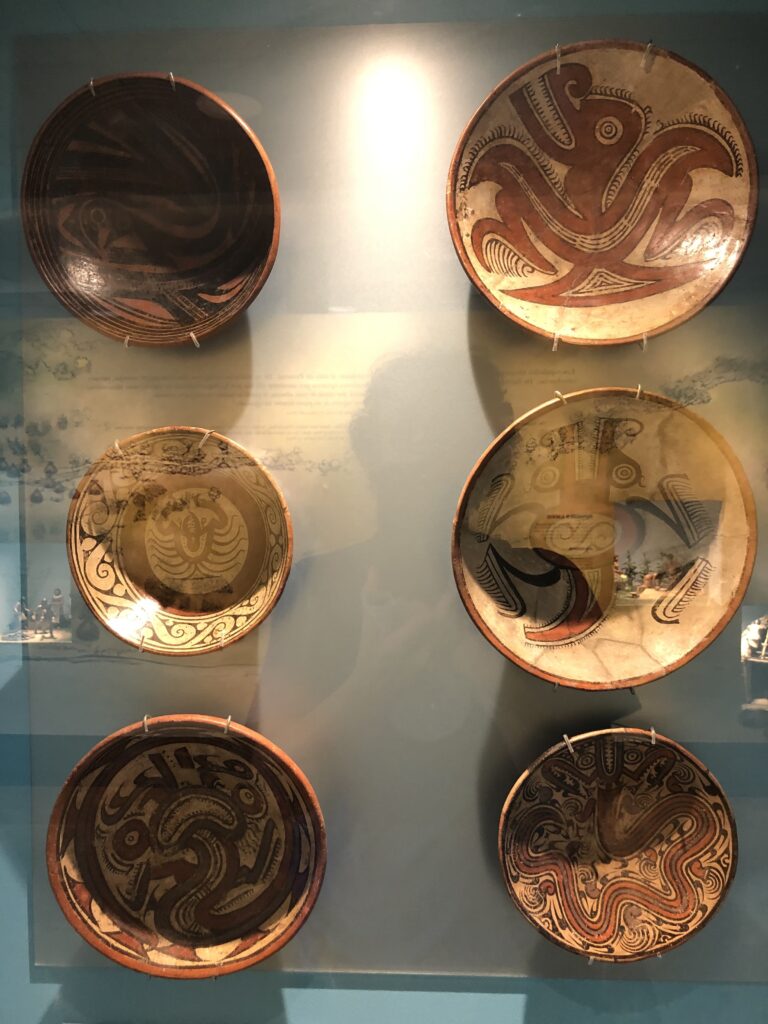
Ancient Panamanian pottery 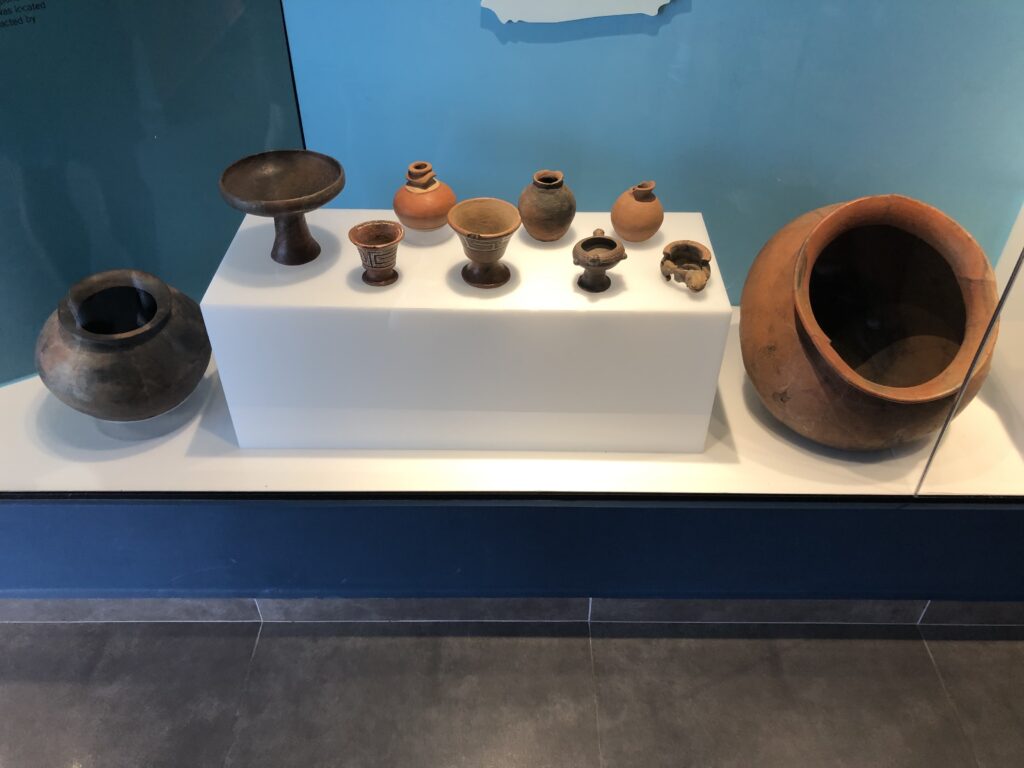
More ancient pottery
That brings me to the relationship that Panama has with its Spanish heritage. I’ve been grappling with this since we first arrived here in November.
New Mexico’s colonial history with Spain is complicated, and we hear about it often. Indigenous peoples revile past conquests and violence. Those of Spanish heritage cite superior technology and point out that history is filled with violence, that the descendants 500 years later are not responsible for the actions of their ancestors.
While Panama’s history is no less complex, here it feels like more of an undercurrent. There is an “everybody knows if you have lighter skin you are treated better” element, and an idea that Spanish heritage, as in New Mexico, is not only something to be proud of but perhaps to even brag about. However, Panama’s diversity—its large groups of ethnic Chinese; German, French, and American expats; and its fairly autonomous indigenous groups—seem to mute some of the blunt discussions we have going on in New Mexico. (See, for example, https://ladailypost.com/native-activist-whose-house-prayer-sparked-ire-disinvited-from-senate/.)
Still, tensions exist in Panama. Take for example, the sculpture of Balboa on Balboa Avenue. It’s a rather old-fashioned sort of sculpture, Vasco Nuñez de Balboa—the first European to cross the isthmus and “discover” the Pacific Ocean—looking out over the South Sea, standing on top of a world supported by four “strong men.” Several weeks ago, someone wrapped it with a black cloth. It’s not protective cloth—there’s no construction going on in the area—and it’s quite obviously covering the faces of Balboa as well as the “strong men.” Who’s behind it? I’ve been searching for weeks to no avail. The message, however, is clearly anti-conquest. Is it anti-Spanish? I’ll let you know if I find out.
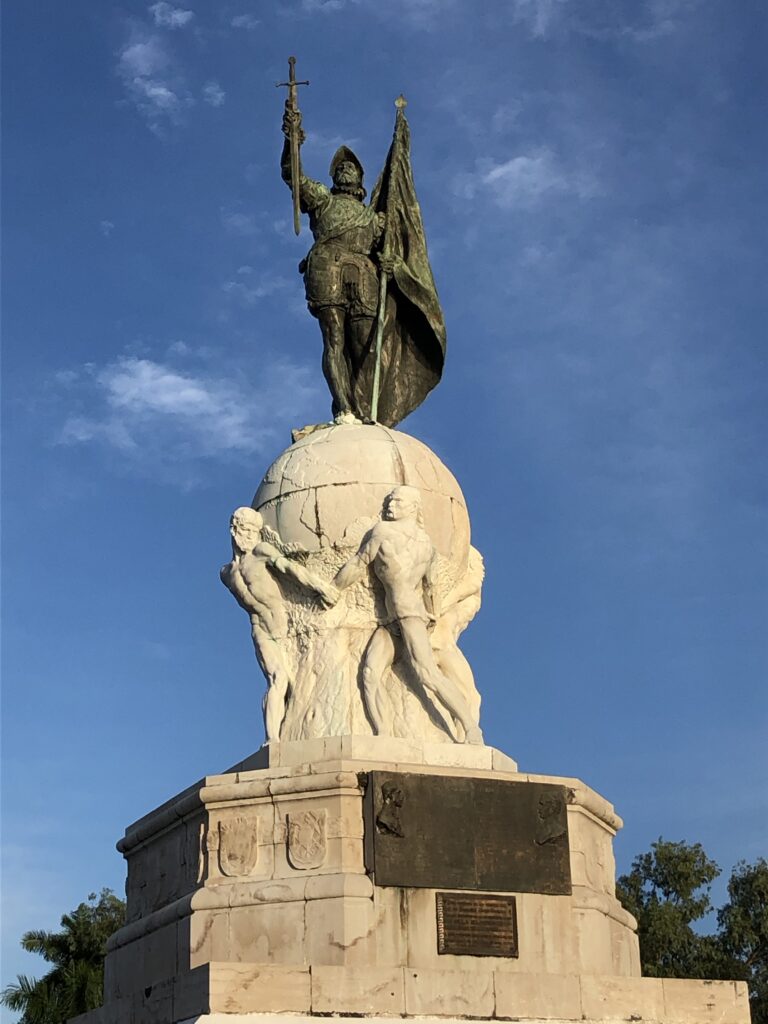
In the meantime, I’ll keep meeting people, observing interactions, and asking questions. How better to understand and learn?
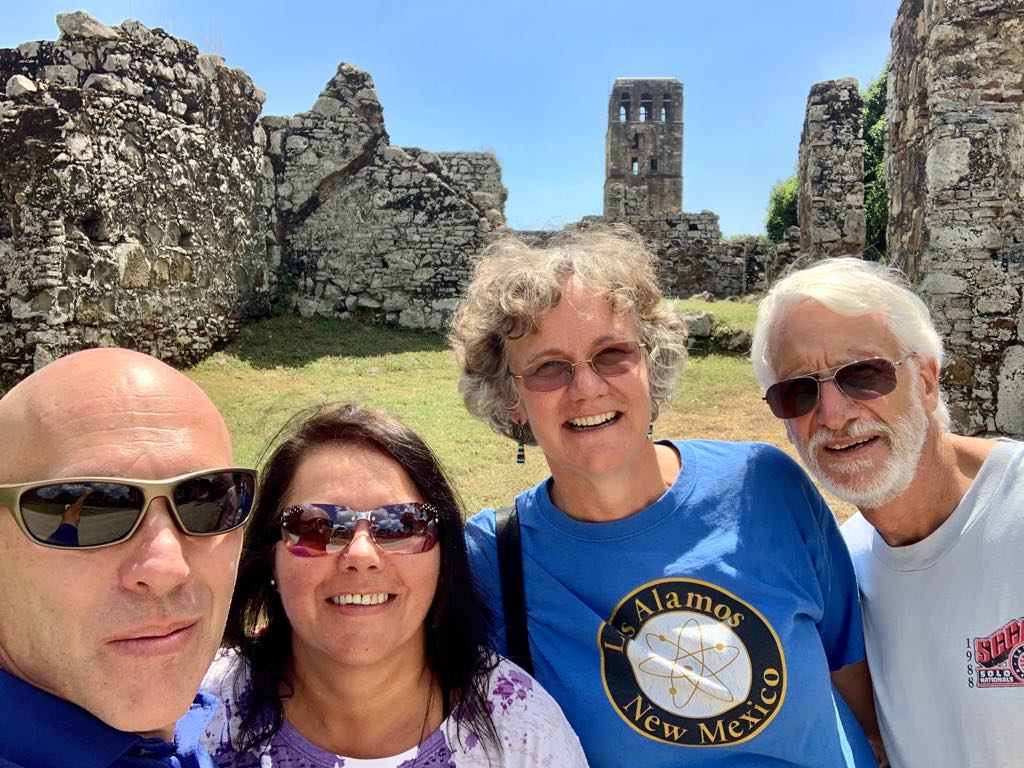
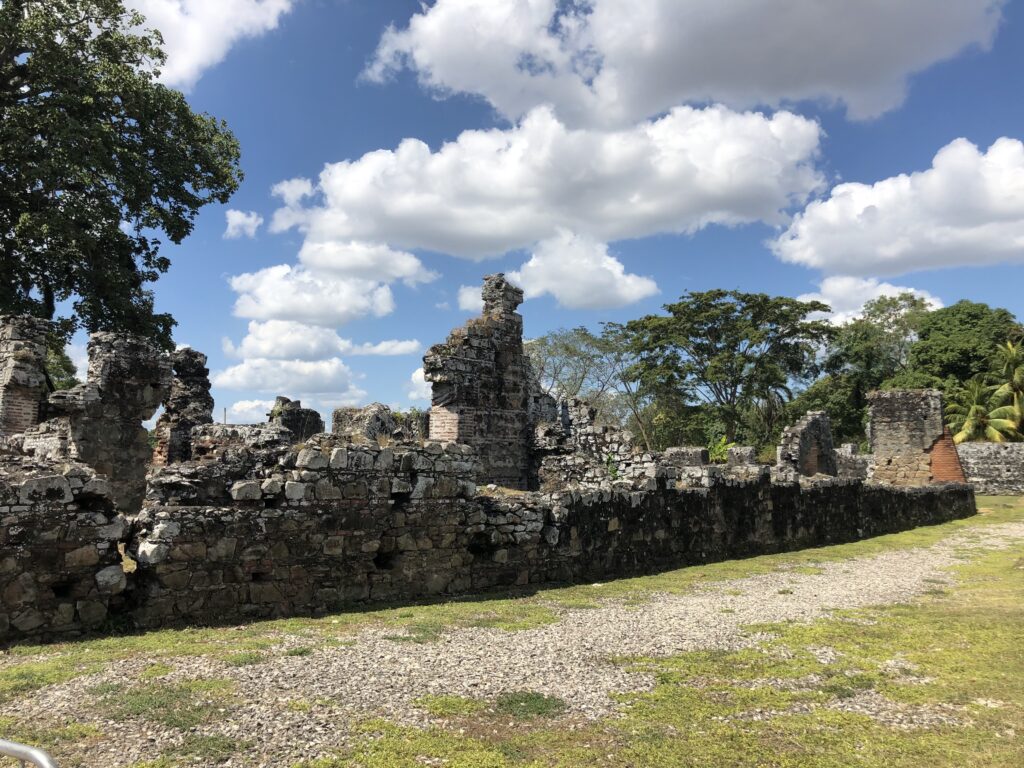
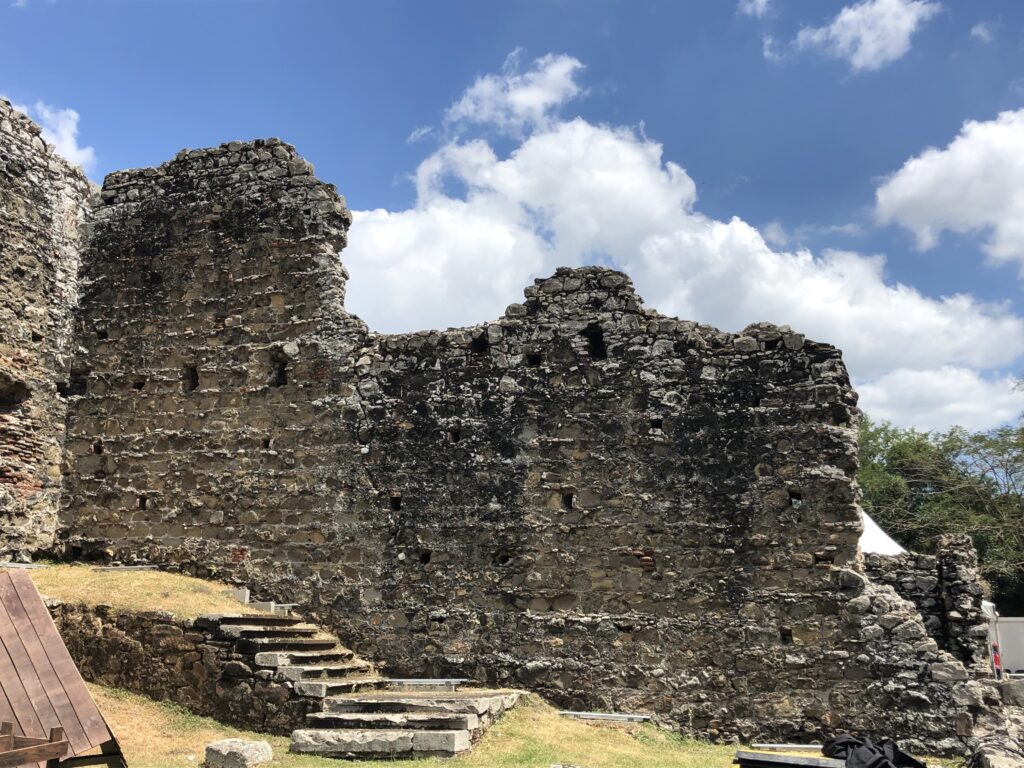
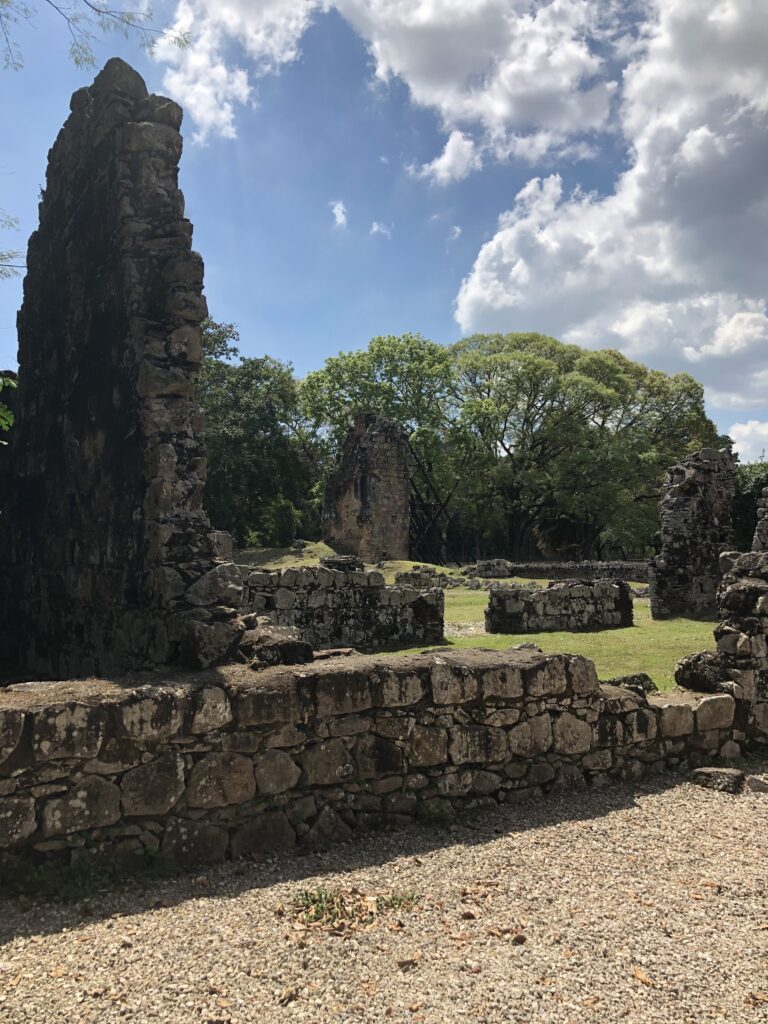
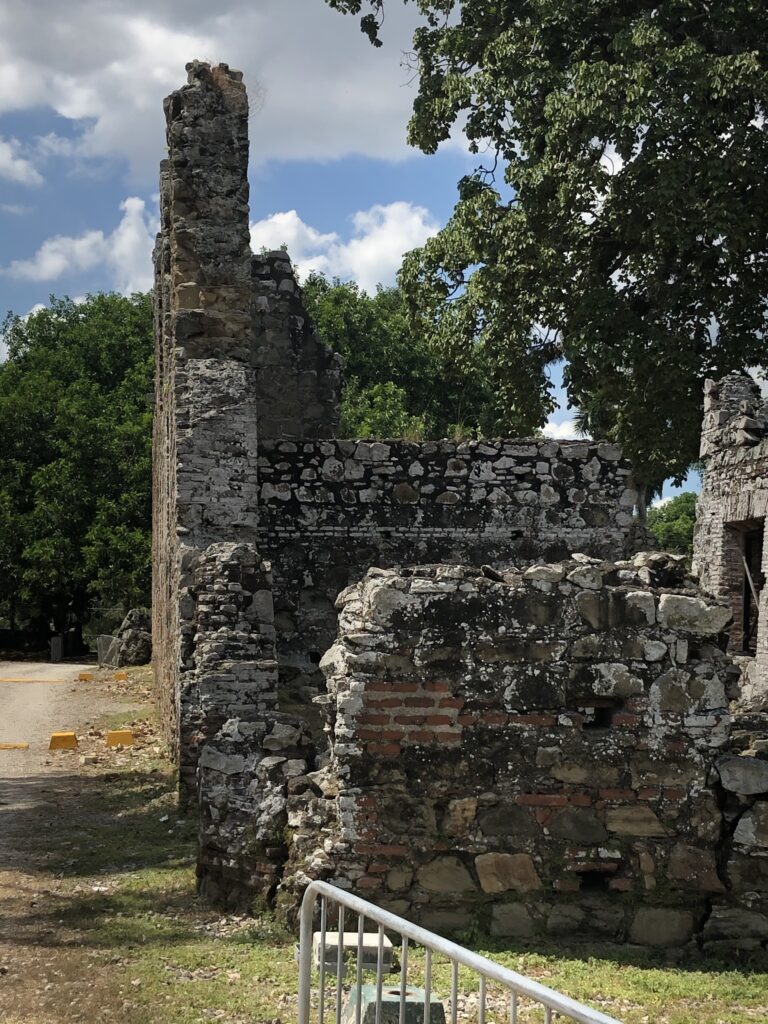
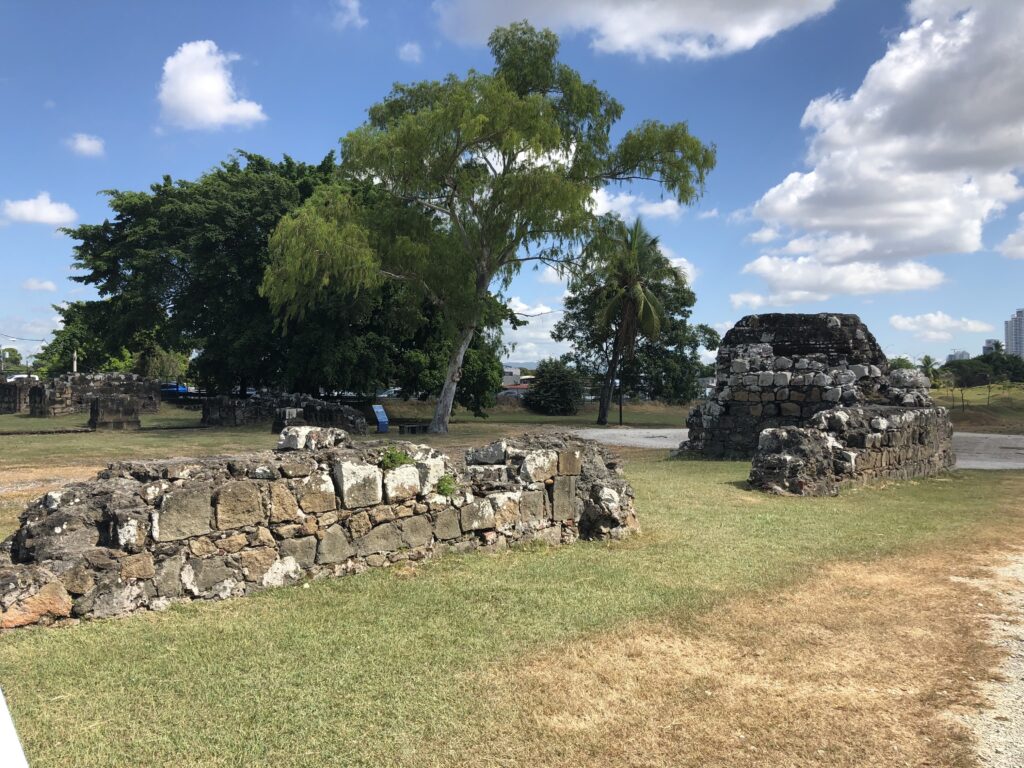
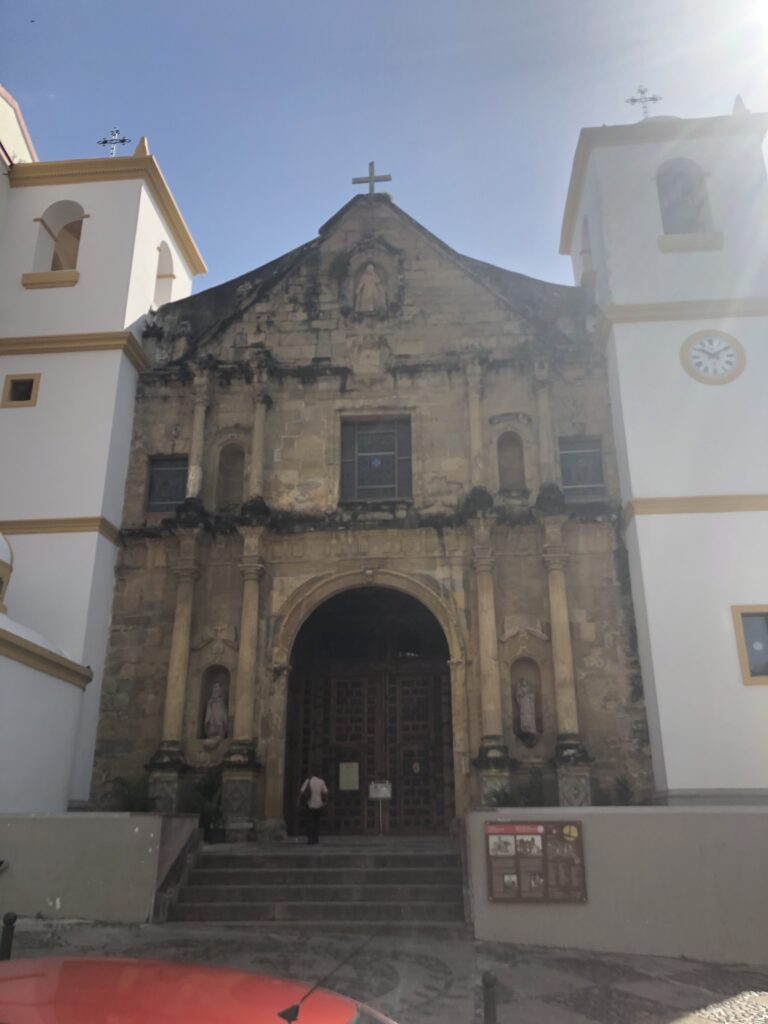
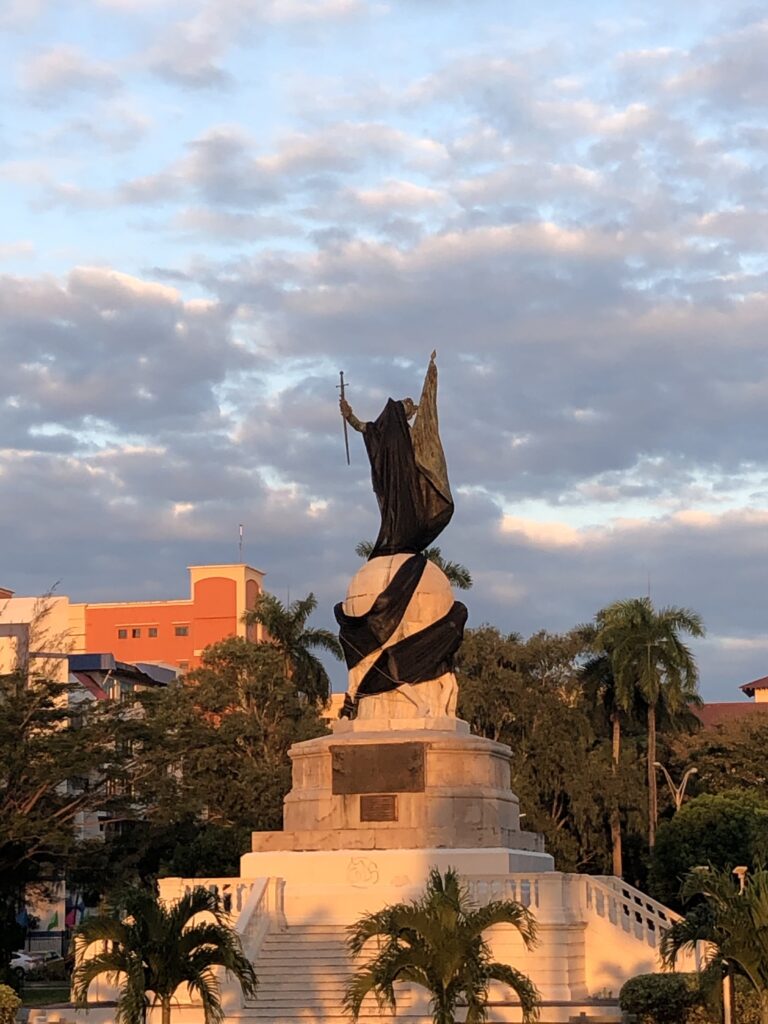
Very fine article.
Thanks, Randy. I appreciate the feedback.
I learned a lot. Very interesting read. And the picture are great!